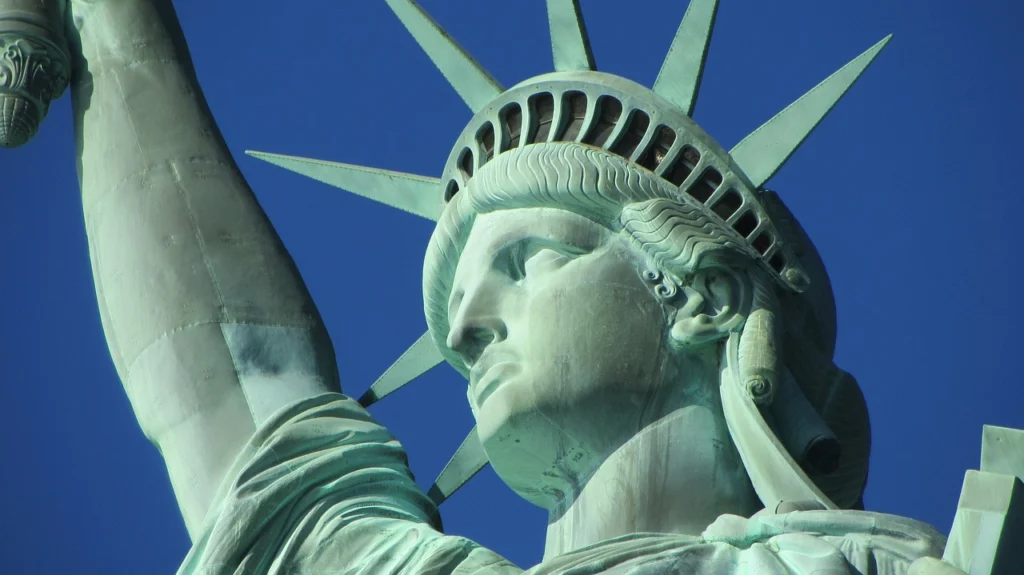
Weird history facts often surprise us, revealing the oddities and eccentricities of the past that rarely make it into textbooks. These quirky stories offer a different perspective on historical events, showing that history isn’t just about dates, battles, and treaties. It’s also about the bizarre, the unexpected, and the downright strange occurrences that have shaped our world. This article will take you on a journey through eleven of the most unusual history facts you didn’t learn in school, offering a glimpse into the peculiar side of the past.
History classes tend to focus on the grand narratives, the major events that define eras and shape nations. But what about the lesser-known tales that make you stop and think? The ones that seem too strange to be true, yet are fully backed by evidence? These are the stories that add color and texture to our understanding of history, reminding us that the past is as varied and unpredictable as the people who lived it. From the strange habits of famous figures to bizarre events that defy explanation, the following weird history facts will challenge your perception of what you thought you knew.
So, get ready to delve into a world where truth is often stranger than fiction. These eleven weird history facts might not have made it into your school curriculum, but they are sure to leave a lasting impression.
1. The Great Emu War of Australia

In 1932, Australia waged a war against… emus. Yes, you read that correctly. The Great Emu War, as it’s now called, was an unusual military operation launched by the Australian government to curb the growing emu population that was damaging crops in Western Australia. Armed with machine guns, soldiers went to battle against the flightless birds. Despite their firepower, the emus proved to be surprisingly elusive and resilient. After several failed attempts, the government finally admitted defeat. The emus had won. This peculiar conflict remains a quirky footnote in Australian history, highlighting the unexpected challenges of managing wildlife.
2. Napoleon’s Rabbit Attack

Napoleon Bonaparte, the famed French military leader, once found himself under attack by a horde of rabbits. After a successful military campaign, Napoleon’s chief of staff organized a rabbit hunt to celebrate. However, things didn’t go as planned. Instead of fleeing, the rabbits charged toward Napoleon and his men. Thousands of rabbits, previously caged and now released, swarmed the hunting party. The hunt quickly turned into a chaotic retreat as Napoleon and his soldiers fled from the relentless rabbits. This bizarre event is a reminder that even the most powerful figures in history can find themselves in unexpected situations.
3. The Dancing Plague of 1518

One of the strangest epidemics in history occurred in Strasbourg in 1518. A woman named Frau Troffea began dancing uncontrollably in the streets. Soon, others joined her, and within a week, dozens of people were dancing nonstop. This bizarre phenomenon, known as the Dancing Plague, saw people dance for days without rest, some even dying from exhaustion or heart attacks. The cause of this strange event remains a mystery. Some historians believe it was a mass hysteria, while others suggest it could have been triggered by ergot poisoning, a hallucinogenic mold found in rye.
4. The Time When The Pope Declared War on Cats

In the 13th century, Pope Gregory IX declared cats to be instruments of the devil. He believed they were associated with witchcraft and ordered their extermination. This led to a mass killing of cats across Europe. Ironically, the decline in the cat population may have contributed to the spread of the Black Death, as rats, which carried the plague, multiplied rapidly without their natural predators. This strange piece of history highlights how superstition and fear can lead to unintended and disastrous consequences.
5. The Exploding Pants Phenomenon

During the 1930s in New Zealand, farmers experienced an unusual problem: their pants started exploding. This bizarre phenomenon was linked to the use of sodium chlorate, a chemical used to kill weeds. Farmers would store the chemical in their pockets, and when it came into contact with something flammable, like a match, their pants would catch fire and explode. Several farmers were injured as a result. The government eventually issued warnings about the dangers of carrying sodium chlorate, but the weird history of exploding pants remains a strange and unforgettable chapter in New Zealand’s agricultural history.
6. The London Beer Flood of 1814

In 1814, a bizarre disaster struck London when a giant vat of beer exploded at the Meux and Company Brewery. The explosion sent a tidal wave of over 323,000 gallons of beer crashing through the streets of the St. Giles district. The wave of beer destroyed homes, flooded cellars, and tragically killed eight people. This strange event, known as the London Beer Flood, serves as a reminder of the unexpected dangers that can arise from industrial accidents. While it may sound like a tall tale, this weird history fact is very much real.
7. The Deadly Banquet of 1751

In 1751, during the reign of King Adolph Frederick of Sweden, a royal banquet ended in tragedy when the king died after consuming an enormous meal. King Adolph was known for his love of food, and on this particular occasion, he indulged in a feast that included lobster, caviar, sauerkraut, smoked herring, and champagne. But it was the dessert that did him in—fourteen servings of semla, a traditional Swedish pastry served in hot milk. The king’s death was attributed to digestive problems caused by the excessive consumption of food. This bizarre event is a cautionary tale about the dangers of overindulgence.
8. The Affair of the Diamond Necklace

In 1785, a scandal known as the Affair of the Diamond Necklace rocked the French monarchy and contributed to the downfall of Queen Marie Antoinette. The affair involved a con artist, Jeanne de la Motte, who tricked a high-ranking cleric into purchasing an expensive diamond necklace, supposedly on behalf of the queen. The necklace, worth a fortune, was never intended for Marie Antoinette, but the scandal that ensued damaged her reputation and fueled public resentment. This weird history fact highlights how deception and greed can have far-reaching consequences.
9. The Brief Rule of Emperor Norton I

In 1859, a man named Joshua Norton declared himself Emperor of the United States. While most dismissed him as eccentric, Norton I, as he was known, became a beloved figure in San Francisco. He issued proclamations, including one demanding the dissolution of the U.S. Congress. Surprisingly, people took him seriously, and his “orders” were even printed in local newspapers. Though he held no real power, Norton I was treated with respect and often received free meals and theater tickets. When he died in 1880, over 10,000 people attended his funeral. This weird history fact shows how a single individual can capture the imagination of an entire city.
10. The Battle of the Stray Dogs

In 1925, a bizarre conflict known as the Battle of the Stray Dogs occurred between Greece and Bulgaria. The incident was sparked when a Greek soldier chased his dog across the border into Bulgaria. In the confusion that followed, shots were fired, leading to a brief but tense skirmish between the two countries. Though the conflict was quickly resolved, it serves as a strange example of how minor events can escalate into international incidents. This weird history fact is a reminder of the unpredictable nature of human affairs.
11. The Infamous Tulip Mania

In the 17th century, the Netherlands experienced one of the strangest economic bubbles in history: Tulip Mania. At the height of this craze, a single tulip bulb could cost more than a house. People from all walks of life invested in tulips, hoping to make a fortune. But like all bubbles, Tulip Mania eventually burst, leaving many investors ruined. This weird history fact illustrates the dangers of speculative markets and the power of collective human behavior. It’s a story that still resonates today, reminding us that even the most seemingly irrational trends can have significant impacts.
Weird history facts like these offer a fascinating glimpse into the quirks and oddities of the past. They remind us that history isn’t just a series of predictable events; it’s a tapestry woven with the unexpected, the strange, and the bizarre. From emu wars to exploding pants, these stories show that the truth can indeed be stranger than fiction.
Check out 11 Famous Photographers.
These eleven weird history facts might not have made it into your school curriculum, but they certainly deserve a place in your understanding of history. They highlight the importance of looking beyond the surface of historical events to discover the peculiar and often overlooked details that add depth and color to our understanding of the past. As we continue to explore history, it’s essential to keep an open mind and a sense of curiosity, because you never know what weird and wonderful stories might be waiting to be uncovered.
4o







